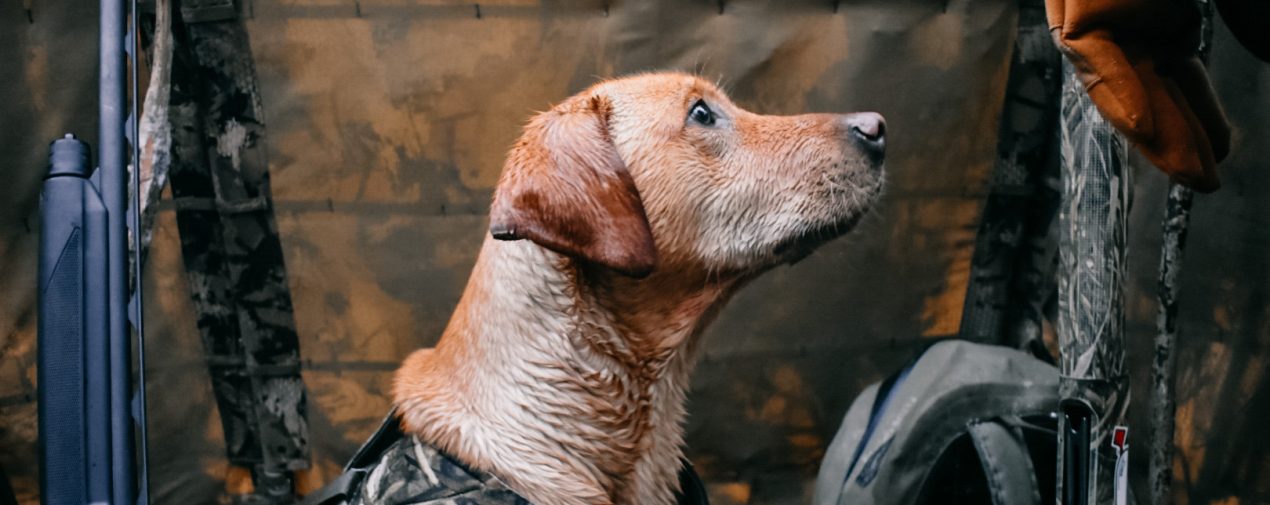Primed and Prepped for Waterfowl
For waterfowlers, this is the time of year we’ve been waiting for. In the south, blue-winged and green-winged teal are the first to migrate south and their seasons are underway. Further north on the continent, migrations are just beginning to bring in new birds. Duck numbers are looking good overall which bodes well for good shooting. Cold mornings with hot coffee are in the forecast. Making sure your gear is set now will ensure nothing keeps you from getting to your blind when it’s time to go. These tips are at the top of my list to keep me shooting – not just one morning, but all season.
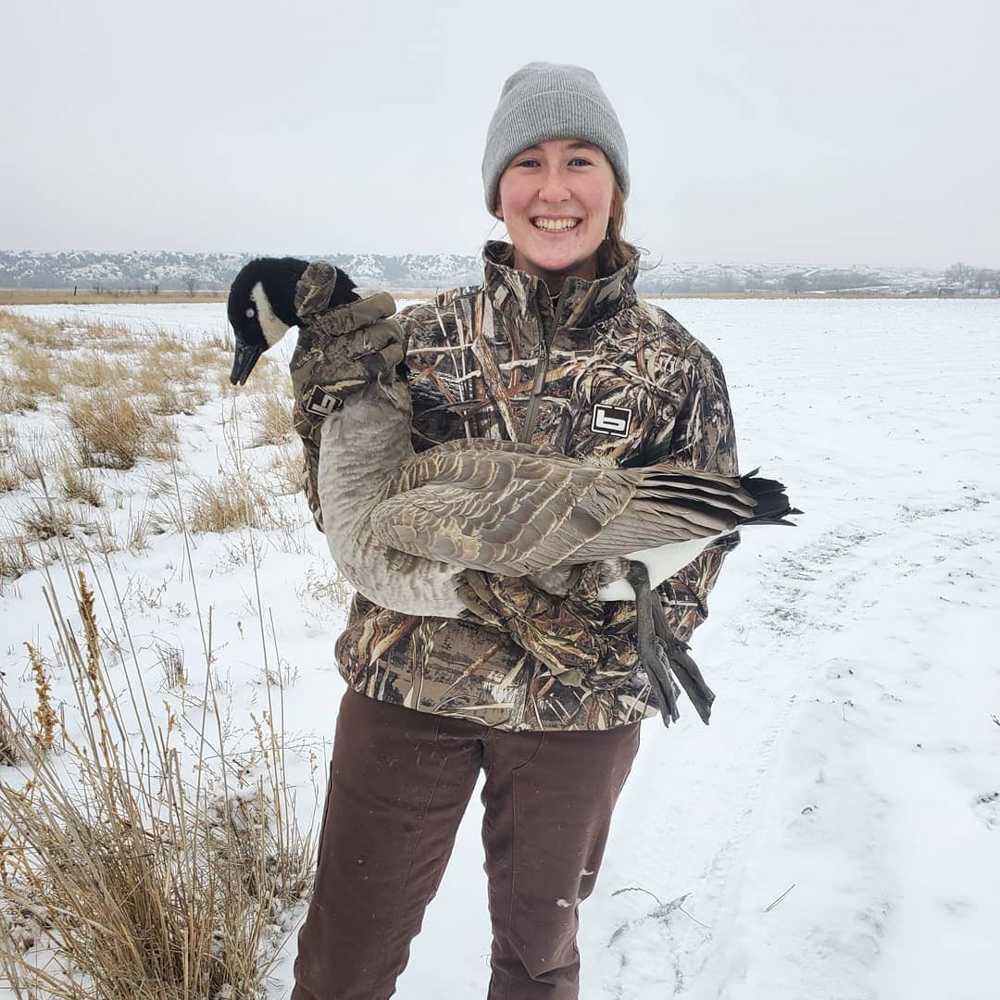
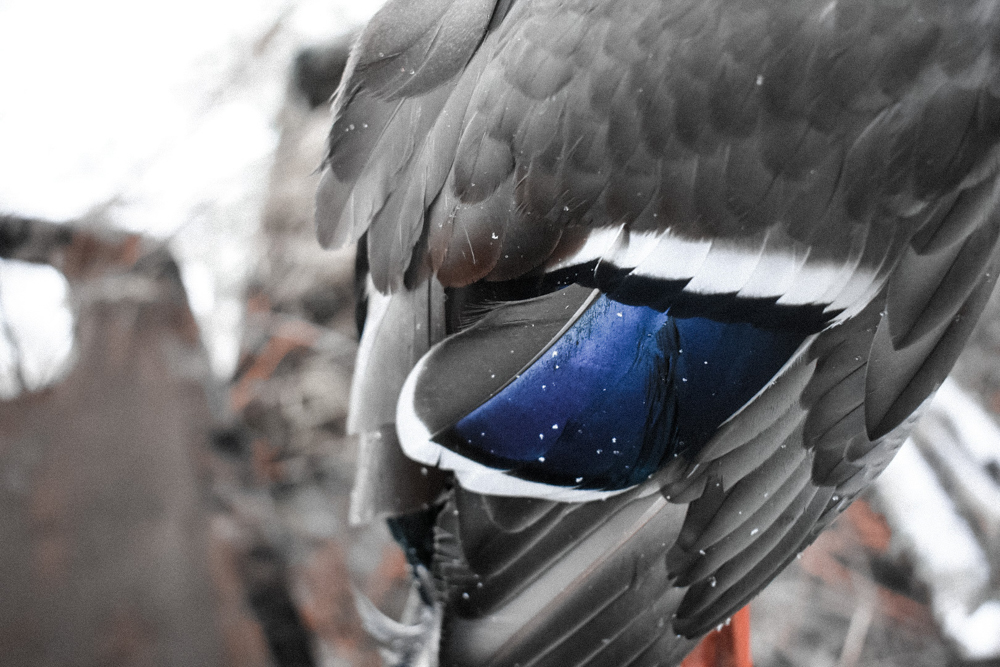
Do a Wader Check
There is nothing that will stop your heart more quickly than cold water reaching your toes. It can threaten hypothermia and ultimately, ruin your hunt. Most leaks will be in the pinhole category which require more than just a cursory inspection. Try the “fill it up” method. This is a good method for thinner, breathable waders because it will put enough stress on the material to easily see leaks bead out. Here’s how you do it:
- Hang the waders either in your shower or outside and fill to the top.
- Using a flashlight inspect for any leaks, especially around seams and joints.
- If you are unsure if it’s a leak, wipe with a towel and watch for twenty seconds.
- Mark problem areas with a sharpie then thoroughly clean and dry.
- Apply Aquaseal with a large margin around the hole.
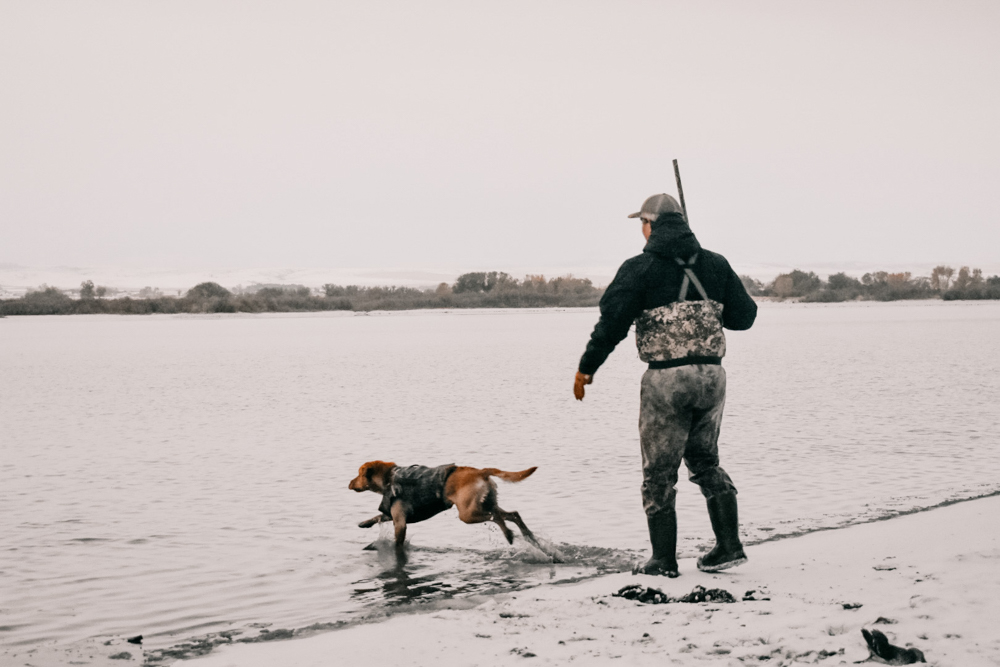
Gear recommendation: I really appreciate my Sitka Delta waders due to their modular approach to repairs; just because one part wears through doesn’t mean you have get a new set.
Service Your Shotgun
Shotguns often get a lot of abuse. Wet conditions and rough handling are standard, though flawless performance is still expected. Prior to you first shot of the season, I recommend a full breakdown to check for any rust or broken parts. Below are some extra items to check for:
- Gas-operated guns should have their rings replaced.
- Remove triggers and bolts to see the level of wear.
- A light but complete oiling will prevent future fouling and misfires.
Double Check Your Ammo
If you are a one-gun hunter then your shotgun is pulling double duty. Make sure the leaded material gets exchanged for the non-lead variety. Early season birds tend to be thin in the feathers and less wary, making a smaller shot a better choice. As the season gets deeper into winter those feathers turn to armor and shots become longer – making 2’s the go to choice.
- Size your shot for the season and species.
- Check for rust and dispose of any shells properly.
- Look twice on the headstamp for the correct gauge.
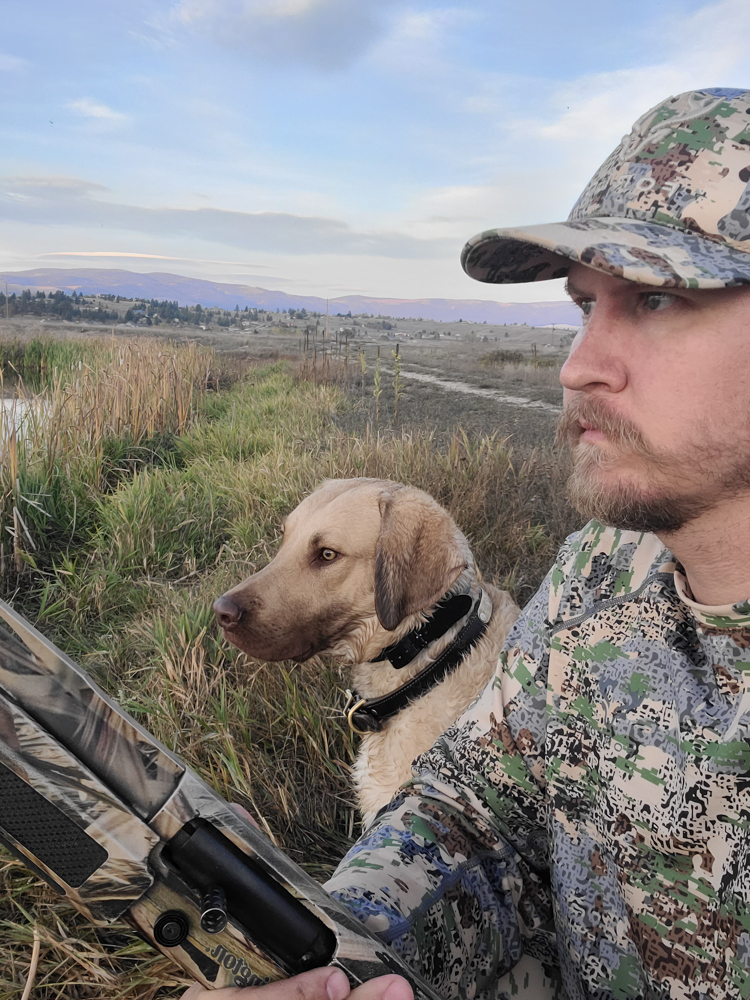
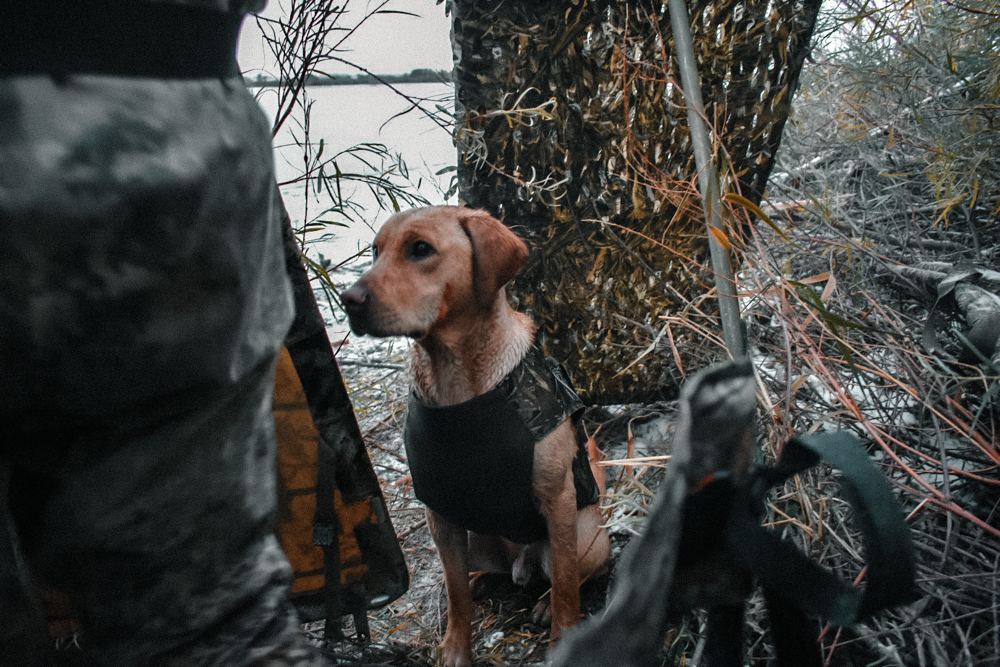
Get that Duck Stamp
Since 1934, a federal duck stamp has been required of all waterfowlers going afield. Still, some of us forget to purchase one and keep it with our migratory bird hunting licenses. Don’t make these common mistakes:
- An E-Stamp can be bought online if you need one in a hurry.
- A stamp has to be signed by the hunter to be valid.
- If your budget allows, buy two stamps and “double up for ducks.”
Deep Dive into Your Blind Bag
Do not wait until the morning of your hunt to dig out last year’s old metal can from your blind bag. Blind bags tend to become catchalls, which can lead to unwelcome surprises when reaching for gear.
- Clean up old snack wrappers and sandwiches
- Camouflage wrap is good to cover anything that shines, like a thermos.
- Toss out old hulls.
Recheck the Regulations
It never fails – there is always a last minute change that didn’t make the printing deadline. State agency websites will list any last minute changes on their websites. Regardless of where and when they are posted, all hunters are required to know and observe all changes.
- A copy downloaded to your phone is easier to search and maintain.
- Keep a waterfowl identification booklet in your bag like this one from Delta Waterfowl.
- Fish and Wildlife Services offers an online skills test that lets you select the species, region, and difficulty of identifying birds in the air.
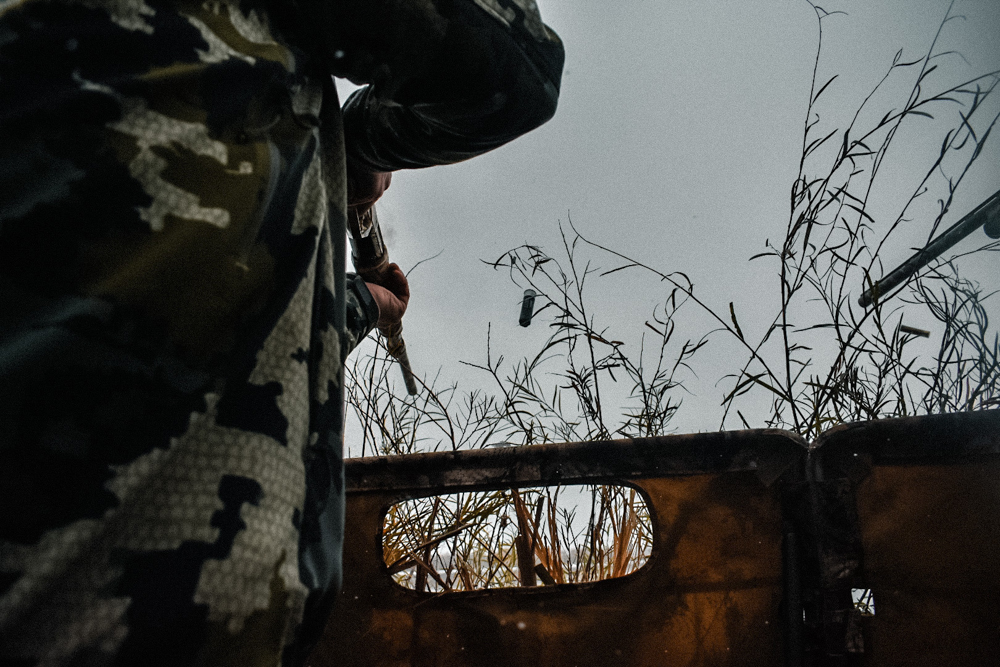
Give your Dog a Once-Over
Retrievers are known as tough breeds which makes it easy to miss their small injuries. This small act of prevention can let you know if you’re better off letting both of you sleep in. A quick physical is easy:
- Start with their head and open up their mouth looking for broken teeth, irritated gums, or anything that shouldn’t be in there.
- Look for clarity in the eyes followed by an earcheck for inflammation.
- Move down the neck and across the back and rib cage pressing firmly in small steps. Watch for any wincing or for the feeling of something sharp and out of place.
- Do the same down each leg inspecting the pads, nails, and webbing on the feet closely. Look underneath at the belly and palpate gently.
- Scan the reproductive areas for anything not looking normal.
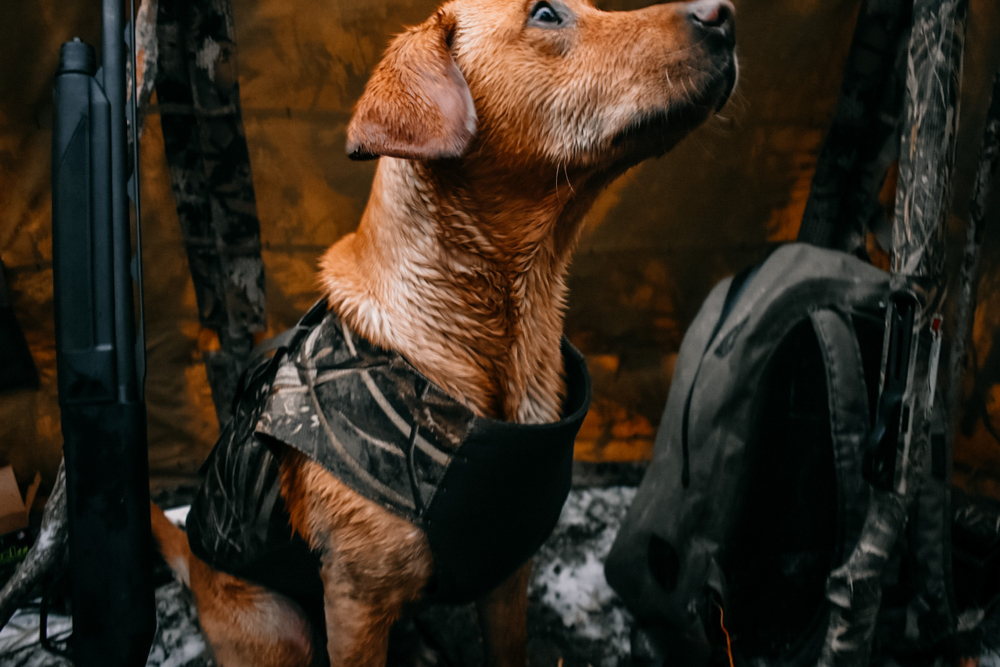
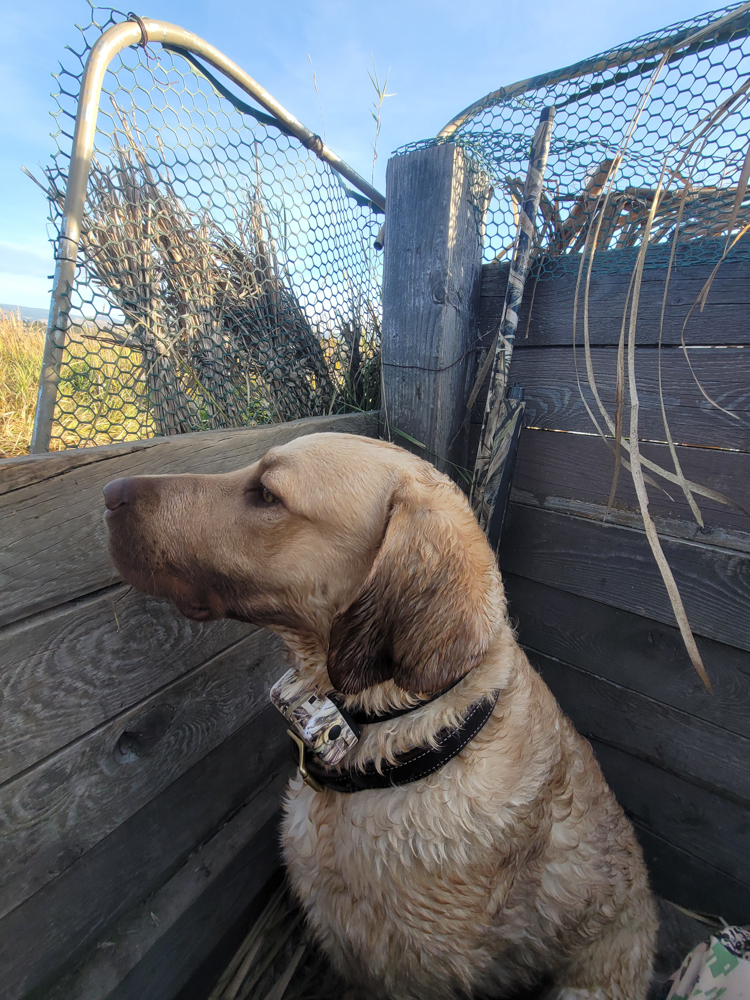
We know opening day only comes once a year and the season already feels short. Whether your gear adds or subtracts from it is up to you. Adding these tips to your pre-trip checklist will help make sure you don’t miss a sunrise in the blind. You’ll be the duck hunter that brings home a few birds to share, instead of just pictures of the sunrise and your dog.
About the Gear Tester

Everett Headley
Raised outdoors in Montana, Everett has an undeniable passion for all things hunting (and angling) and helping others discover those same experiences. His pursuits span the spectrum from upland to big game, archery to muzzleloading. When he isn’t in the mountains, Everett is involved in state conservation with Montana FWP as a council member working on education, access, and landowner-sportsman dynamics. He enjoys waterfowling with his Chesapeake Bay Retriever, Cane, and flying his peregrine falcon, Freyja.

